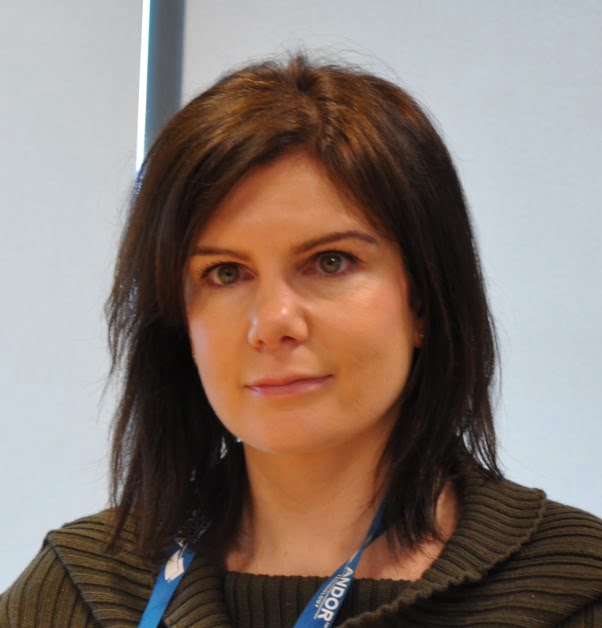About This Webinar
Join us for a
FREE webinar –
Thursday, August 21, 2014, 1 - 2 p.m. EDT
Dr. Orla Hanrahan has worked with Andor Technology as an Application Specialist in Life Science for the past four years. Her role brings her in touch with all the latest developments and innovations in both camera technology and microscopy applications. Previous to this Dr. Hanrahan managed a microscopy facility in the Biochemistry Department at Trinity College, Dublin where she worked with a variety of microscopy set-ups including wide-field fluorescent microscopy, Point Scanning Confocal Microscopy, and Spinning Disk Confocal Microscopy. Her interest in microscopy stemmed from her Ph.D. in Biochemistry, during which she gained experience with numerous microscopy techniques used in her graduate research.
In this webinar, Dr. Hanrahan will outline the key parameters required for a fast and sensitive detector. She will present Andor's range of imaging cameras which will demonstrate the advantage of choice and flexibility to the end user. The key differences between EMCCD and sCMOS technology will be discussed as well as the applications these cameras are suitable for.

Andor’s iXon Ultra platform including the new iXon Ultra 888, the world’s fastest Megapixel sensor, is the gold standard EMCCD detector due to its ultra-fast speeds and ultra-sensitivity. The iXon Ultra 888 has been fundamentally re-engineered to facilitate 3x overclocking of the pixel readout speed to an unprecedented 30 MHz, whilst maintaining quantitative stability, accelerating the full frame rate performance to video rate. The NEW "Optically Centered Crop Mode” is ideal for speed challenged applications allowing the user to achieve 697 fps from ROI of 128 x 128 The features of the iXon Ultra 888 render it the most attractive and versatile EMCCD option for demanding applications such as single molecule detection, super-resolution microscopy, live cell imaging and high time resolution astronomy.
The newest addition to the Andor sCMOS camera portfolio, the Zyla 4.2 offers the highest QE (great than 72 %) available from sCMOS technology, coupled with extremely low read noise (0.9 e-), extremely fast frame rates and ultra-low fan vibration, Zyla 4.2 is well suited to studies where speed and sensitivity are crucial and is used by some as an alternative to EMCCDs for this purpose.